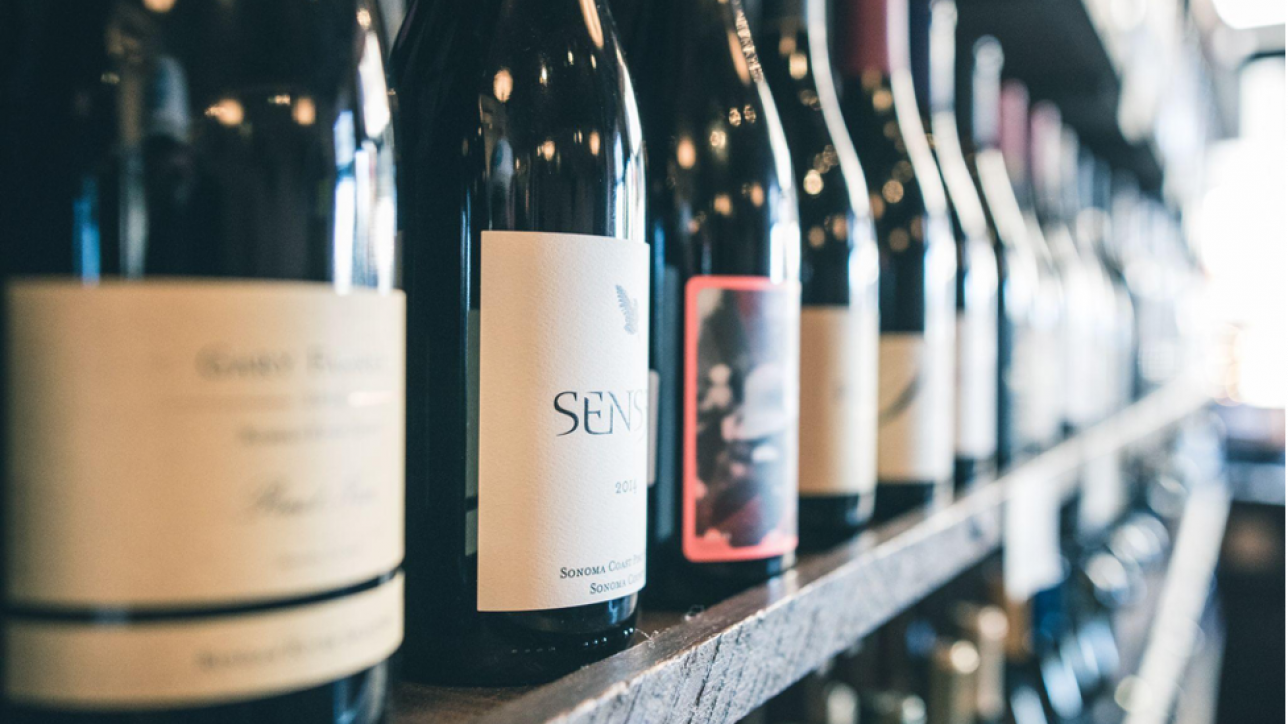There’s a transformative shift happening in the wine industry. A shift propelled by pivotal regulatory changes in the European Union (EU). With the introduction of stringent EU wine label requirements in 2023, QR codes have emerged as a cornerstone in the evolving narrative of wine labelling.
For this reason, it’s never been more important to get QR codes on labels right. You might be wondering “How challenging can it actually be?”. The reality is, it can be very difficult. I’ve witnessed numerous instances where static QR code implementation has gone awry!
If you find yourself hesitating over whether to update your product with serialised, dynamic QR codes, it’s important to consider the consequences of inaction, both in the short-term and the long-term.
Not leveraging the potential of a dynamic QR code can result in missed engagement opportunities, limited market insights, competitive disadvantage, limited market flexibility, and a lack of security. Overall, this results in a loss of revenue.
This is because our dynamic, serialised ProtectCode® not only adds an extra layer of security, but it allows you to build trust and loyalty while increasing consumer engagement. You also get access to valuable zero-party data and first-party data from these scans and can manage it all in our one Connect platform.
We see an average of 42,000 scans per month. That’s priceless data you are missing out on.
So, why not use a static QR code? A static QR code is not dynamic, which means each time you want to change where it points, you’ll have to change your label. Regularly updating your label can be costly and frustrating.
If you take a moment to compare the cost of doing nothing, it’s clear that the benefits and return on investment offered by the functionality of a dynamic QR code far surpass the relatively small cost per label.
The catalyst for change
Commencing December 8, 2023, the EU mandates that all wines produced after this date must display comprehensive information on ingredients, allergens, energy content, and nutrition.
If you’re exporting to the EU, it’s time to update your labels, or you could be heavily penalised.
Wines that do not comply with these regulations can be removed from the market, and administrative penalties can be applied. This marks a significant departure from prior practices and requires a rethinking of wine labelling strategies.
More than just QR codes
At the heart of this regulatory transformation lies the imperative of compliance. The EU’s exacting standards for wine labelling are, understandably, a considerable challenge for wineries everywhere. The stipulated information can be extensive, and fitting it all onto a traditional wine label while maintaining aesthetics is a difficult task.
Regulations highlight that ingredient and nutritional information can be provided through a QR code or URL on the wine label, leading consumers to a webpage with the applicable information. However, the electronic label (e-label) should not contain any sales or marketing information.
Using a specialised software solution like YPB’s serialised, dynamic ProtectCode® to generate clean webpages with required information is recommended. Our solution also allows you to generate different content, in the relevant language depending on the location the bottle is scanned.
Yes – that means you don’t have to alter your label for each location – our technology will do it for you.
Sounds great! But, what does this actually mean for your business in the long run?
You might export your wines in and out of the EU, and while the new regulations don’t allow any marketing material to sit on the same landing page as the compliance information, YPB allows you to tailor your landing pages depending on where they’re scanned. This could include recommended items, first-party data inputs, videos – pretty much whatever you want.
This means your labels stay the same while the information on the landing page dynamically changes.
Additionally, as compliance regulations change in different locations, you don’t have to go through the rigmarole of updating your label again and again. You can continue to deliver personalised content, contingent on the user’s geographical location.
Consumer engagement and transparency redefined
As mentioned, while sales and marketing material cannot appear on these landing pages in the EU, there is still a huge marketing opportunity for wines that are exported to the rest of the world. YPB’s serialised, dynamic ProtectCode® enables wineries to forge deeper connections with consumers beyond the EU borders.
Today’s wine enthusiasts are increasingly discerning and demand transparency regarding their drinks.
If you’re producing wine in the EU and exporting beyond, wine lovers can scan the ProtectCode® on a bottle, immediately embarking on a virtual vineyard tour replete with immersive videos on the winemaking process and interviews with the vintners. Such engagement not only cultivates brand loyalty but also enriches the consumer’s understanding and appreciation of the wine.
Capturing first-party and zero-party data
YPB’s ProtectCode® automatically captures time, date and location, and we provide the comprehensive data to you in our Connect platform.
Imagine a consumer in New Zealand scanning your wine label and being directed to a landing page that offers a personalised wine recommendation based on their location. Alongside the recommendation, they could be asked to provide feedback on their wine preferences, and you capture their name and email address.
With this data in hand, you can send them tailored promotions, invitations to events or tastings in their area, or exclusive offers, enhancing their connection with your brand, without the hassle of constantly reworking your labels.
Efficiency and cost-effectiveness
As I touched on before, traditional labels require painstaking overhauls even for minor adjustments, incurring substantial costs and time investments. YPB’s serialised, dynamic ProtectCode®, on the other hand, represents a more practical solution.
In the event of errors or the need for improvements, wineries can effectuate changes without the complexities of reprinting labels. This practical and cost-effective approach ensures label accuracy and compliance even in a landscape where regulations evolve incessantly.
Charting the course forward
YPB’s serialised, dynamic ProtectCode® is standing at the intersection of compliance, consumer engagement, and operational efficiency. We are poised to be transformative tools for wineries.
The future of wine labelling has arrived, and it is marked by digitally dynamic, efficient, and engaging QR codes. These codes are not just the key to compliance; they represent the gateway to a new era of success and consumer connection for wineries across the EU.

